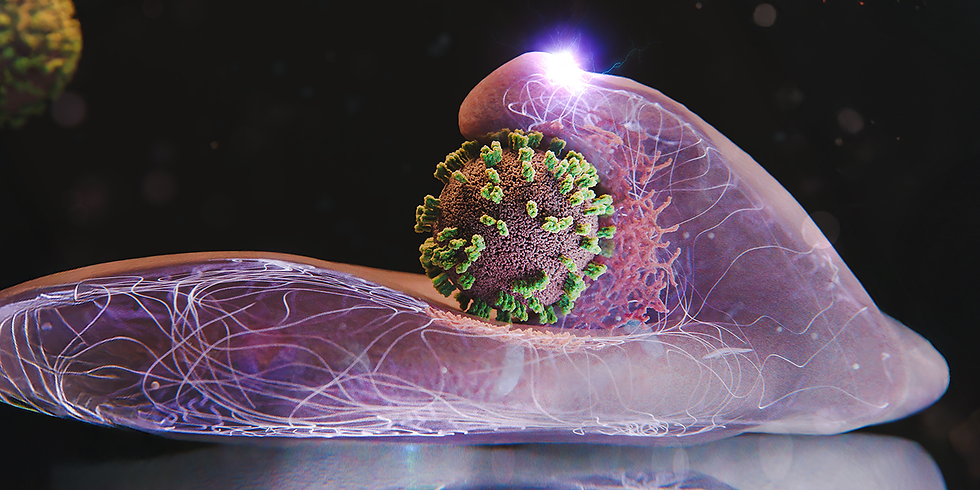Article explores dilemmas in EU animal research policy
- Bob Tolliday
- Aug 29, 2022
- 2 min read

An in-depth article has explored the fundamental contradictions at the heart of EU policy towards the use of animals in biomedical research.
The article, in Chemical & Engineering News, contrasts last year’s vote by the European Parliament to phase-out animal research with the EU Commission’s current initiatives, under the Chemicals Strategy for Sustainability (CSS), for tougher controls on chemicals that look likely to require millions more animals for testing.
Author Vanessa Zainzinger, spoke to scientists calling for a greater use of new approach methodologies (NAMs) and those who believe that testing without animals can only come at the cost of protecting human health.
These experts say that NAMs cannot reliably assess complex health effects in humans. Unlike skin and eye irritation, in which the toxicity is limited to the body part that was exposed to the chemical, more complex health effects involve a chemical’s absorption and distribution throughout the body and its organs.
Christina Rudén, a professor of regulatory ecotoxicology and toxicology at Stockholm University, Sweden, said: “As far as the complicated end points are concerned—reproductive toxicity, developmental toxicity, carcinogenicity, any long-term chronic toxicity—it’s very, very difficult to assess that with NAMs.”
However, Maurice Whelan, head of the Chemical Safety and Alternative Methods Unit of the European Commission’s Joint Research Centre, said the discussion of NAMs was getting sidetracked by its focus on replacing animals.
He said that replacing an animal test for complex health effects needed combinations of methods, rather than trying to replace specific animal tests with a single non-animal method.
Nevertheless, one observer felt the current dilemmas needed not only new methods, but also a new regulatory system.
Robert Landsiedel, vice president of special toxicology at BASF, Europe’s largest chemical manufacturer, said. “Funding programs for lab development of new methods are pretty good, but then the last steps of validation and regulatory acceptance are just neglected.”
End



